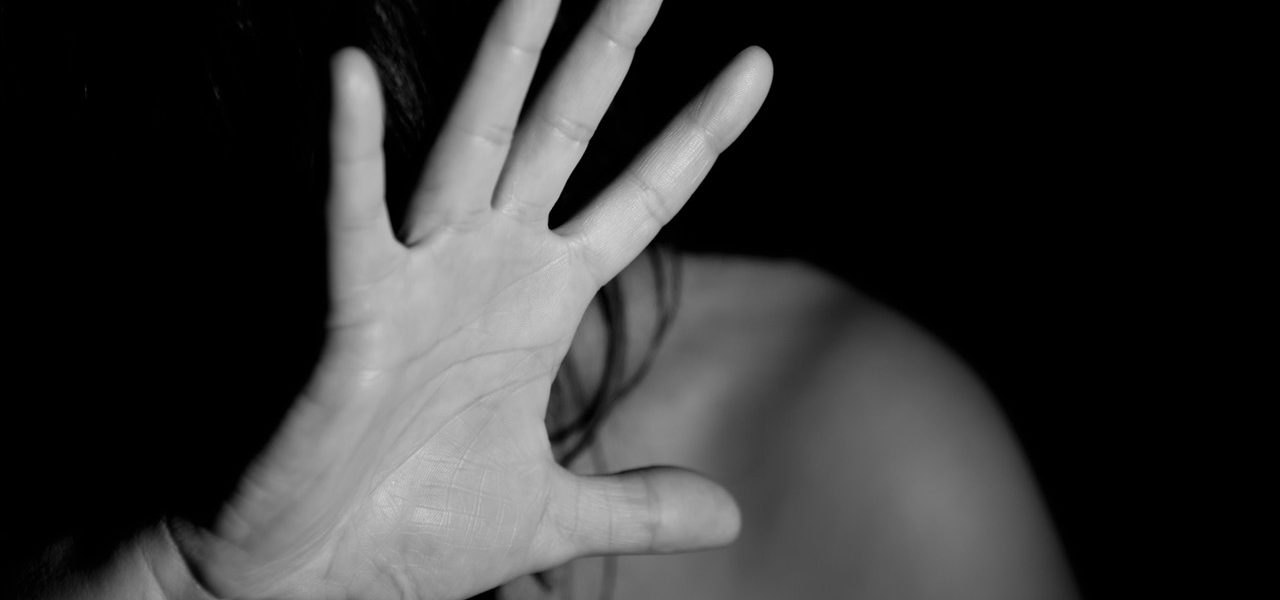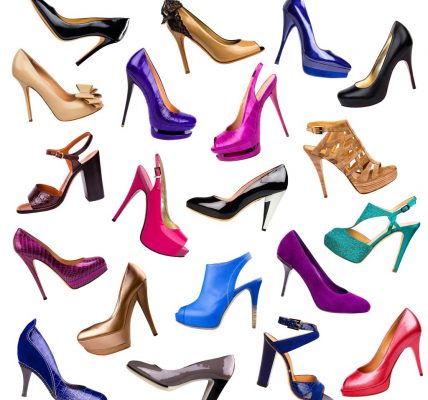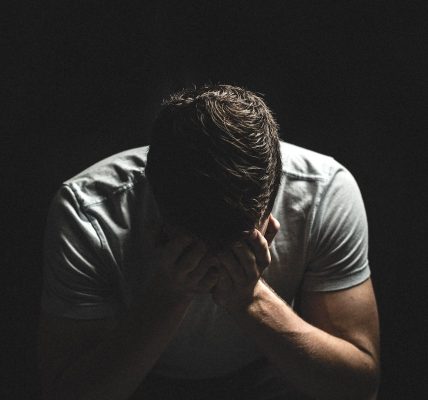You might have come across an article recently written by the The Daily Californian’s Elisabeth Bahadori titled “Asking for It.” I know it’s been going viral on my own Facebook news feed. The article talks about sexual violence against women in light of a recent incident taking place in Ohio involving two football players publicly assaulting a 16-year-old girl while their peers presumably cheered them on.
While the article most nobly explores rape culture and how female victims are often blamed for their assaults, a large portion of sexual assault victims were nearly left out of the conversation altogether: men. Contrary to common belief, sexual violence against men is possible and common.
According to the National Institute of Justice (NIJ) and Centers for Disease Control and Prevention (CDC), 2.78 million men in the U.S. had reported sexual assault by 1998 alone, making up 14% of the total reported rapes. If we take unreported assaults into consideration (about 54% of total assaults), that number skyrockets to over 6 million.
But sexual assault against men is more than just statistics; it is a serious crime that is often motivated by a desire to overpower another using sex as a weapon against him. Sexual violence often leaves the victim with feelings of shame, guilt, and quite often an inability to talk about or even acknowledge the assault.
And how could the, when our society takes little measure to assure male rape survivors that they are not alone and that what they experienced is indeed not their fault?
The National Alliance to End Sexual Violence sums up the stigma surrounding sexual violence against men in the following statement:
For our society to acknowledge that men are raped, we must first recognize and acknowledge that men can be vulnerable. Both men and women are socialized to see men as powerful, assertive and in control of their bodies. It may be challenging for some to think of men being the victims of sexual crimes because it is challenging to recognize men as ‘victims’ and still think of them as men.
In order to decrease that 54% of unreported sexual assaults and increase the number of perpetrators who face the consequences of their hateful crimes (only about 3% do at this point), we must first rethink the way we address sexual violence against men in our daily interactions and in media in a way that focuses less on gender roles and more on basic human needs: the need to feel safe and supported.
But how can male victims of sexual violence regain feelings of safety and support when so little representation of them exists in the media except as perpetrators, when the few media outlets that do depict sexual violence against men treat it as a joke, and when most sexual violence resources cater their efforts toward female victims to leave men and transgender individuals underrepresented and underserved?
Think of movies like I Now Pronounce You Chuck and Larry, when no one wants to pick up the bar of soap from the communal bathroom, or the 2006 release Let’s Go to Prison, both trivializing institutionalized rape as something that is acceptable and comical when it is anything but.
In 2001, the Human Rights Watch published a report titled “No Escape: Male Rape in U.S. Prisons” highlighting 200 prisoners’ experiences with sexual violence in prisons across 37 different U.S. states. A similar survey conducted by Prison Journal in 2000 estimated that 21% of male prisoners experience some kind of sexual assault while serving their time. This includes non-consensual penetration and other coerced sexual activities. I fail to see the humor.
As long as male victims of sexual violence continue to face society’s unwillingness to acknowledge and validate their experiences, no substantial progress can be made in reducing sexual violence as a whole—be it on the institutionalized or individual level. Sexual violence must be considered in its entirety—through its effects on men, women, and transgender individuals—for resources to be most efficiently utilized toward supporting its victims regardless of how they identify.
Here are some resources for male victims of sexual violence:
- General support from MaleSurvivor
- Support for victims of female perpetrators
- Peer counseling at the Berkeley Free Clinic
- More resources at UC Berkeley and in the Bay Area
Citations
- No Escape: Male Rape in U.S. Prisons from the Human Rights Watch <http://www.hrw.org/reports/2001/prison/index.htm>
- Male Victims from the National Alliance to End Sexual Violence <http://www.endsexualviolence.org/where-we-stand/male-victims>
- Statistics from the Rape, Abuse & Incest National Network (RAINN) <http://www.rainn.org/statistics>
- Male Survivors of Sexual Assault from the UC Berkeley University Health Services <http://www.uhs.berkeley.edu/home/healthtopics/sexualassault/saformen.shtml>
Article by Amy Mostafa
Feature Image Source: News Nation
























